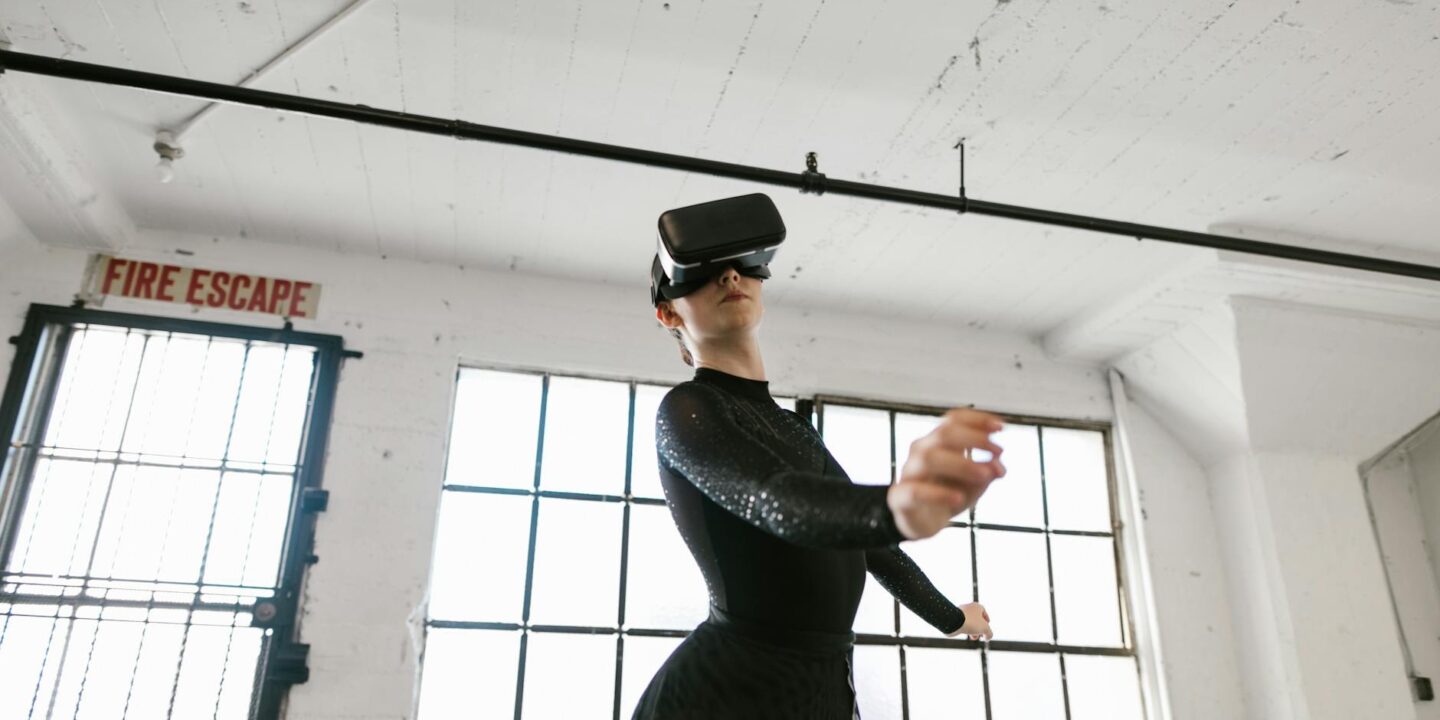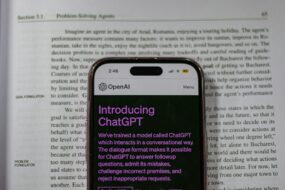
Understanding AI Detection
When it comes to AI detection, understanding the accuracy and margin of error is crucial for evaluating how reliable these tools are. You may be wondering, “What percentage of AI detection is acceptable?” Let’s break it down.
Accuracy of AI Detection
The accuracy of AI detection tools varies significantly among different platforms. For instance, Turnitin claims its AI detection tool is 98% accurate in identifying AI-generated content. This means that if you receive a score indicating AI involvement, there’s a high likelihood that it is correct. However, it’s important to note that Turnitin also aims to reduce false positives, allowing about 15% of AI content to go undetected to keep false positives below 1%.
Here’s a quick comparison of the accuracy rates of various AI detection tools:
| Tool | Accuracy Rate | Notes |
|---|---|---|
| Turnitin | 98% | 15% of AI content may go undetected |
| Copyleaks | 99% | High accuracy in detecting AI-generated content |
| OpenAI Classifier | 26% | Identifies AI text but mislabels 9% of human text as AI-generated |
Margin of Error in AI Detection
Understanding the margin of error is equally important. For example, Turnitin’s AI detection tool has a margin of error of plus or minus 15 percentage points. This means that if you receive a score of 50, the actual likelihood of AI involvement could range from 35 to 65 (Center for Teaching Excellence – University of Kansas).
This margin of error can significantly impact your interpretation of the results. If you are relying on these tools for academic or professional purposes, it’s essential to consider this variability when assessing the results.
In summary, while high accuracy rates are promising, the margin of error can lead to uncertainty. Understanding these factors can help you navigate the complexities of AI detection more effectively. If you’re curious about specific triggers for AI detection, check out our article on what words trigger ai detection?. For more insights on the accuracy of specific tools, you can read about how accurate is the Turnitin AI detector?.
Implications of AI Detection
Impact on Education
The rise of AI tools in education has transformed how students approach their studies. A recent survey revealed that 86% of students reported using artificial intelligence in their academic work, with 24% using it daily and 54% at least weekly (Campus Technology). This widespread adoption raises important questions about the role of AI in learning and assessment.
Instructors are encouraged to communicate early with students about the use of AI, clearly outlining expectations and guidelines. This proactive approach can help mitigate concerns regarding AI usage and its implications for academic integrity. Additionally, reformatting assignments to incorporate AI tools can foster a more collaborative learning environment.
| Student AI Usage | Percentage |
|---|---|
| Daily | 24% |
| Weekly | 54% |
| Monthly | 75% |
Despite these efforts, some writers still fear being AI BUSTED by false positives or inconsistencies in the detection process.
Challenges in AI Detection
As AI-generated content becomes increasingly sophisticated, detecting it poses significant challenges. For instance, Turnitin’s AI detection tool has a margin of error of plus or minus 15 percentage points. This means that a detection score of 50% could actually range from 35% to 65%. Such variability complicates the assessment of what constitutes acceptable AI detection percentages.
Moreover, a study by Tyton Partners found that nearly half of college students use generative AI on a monthly, weekly, or daily basis, and 75% indicated they would continue using these tools even if their campus banned them. This highlights the need for further development and refinement of AI content detection tools, as current methods may struggle to keep pace with advancements in AI technology.
For more insights on AI detection, you can explore topics such as what words trigger AI detection? and how accurate is the Turnitin AI detector?. Understanding these aspects can help you navigate the complexities of AI in education and writing.




